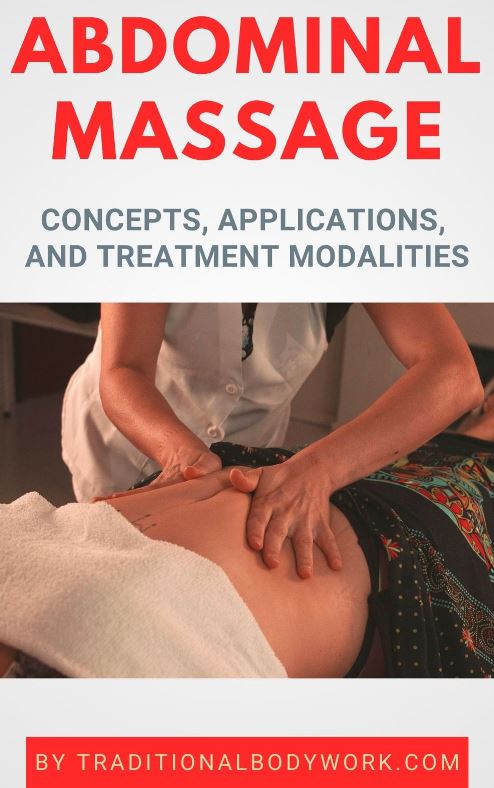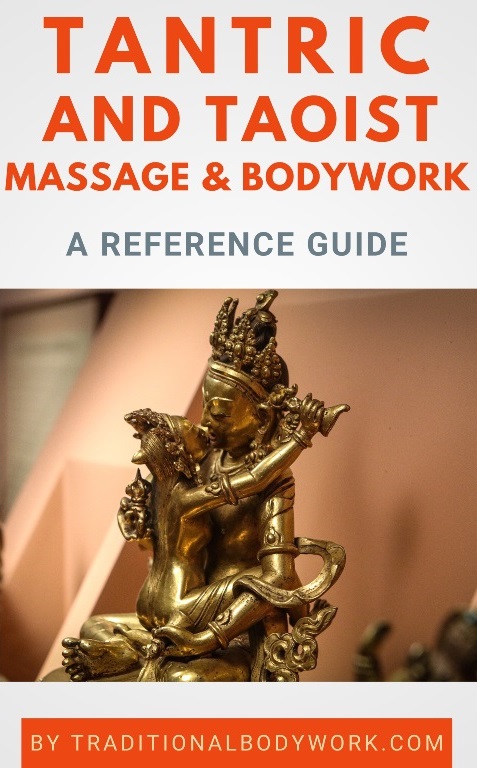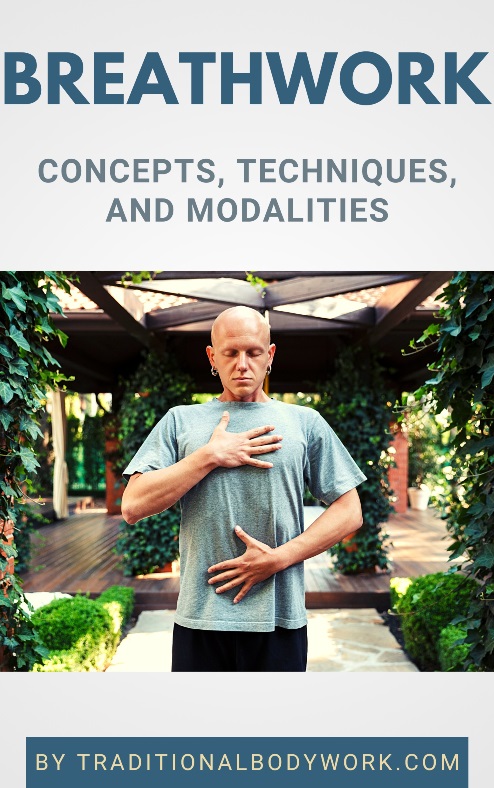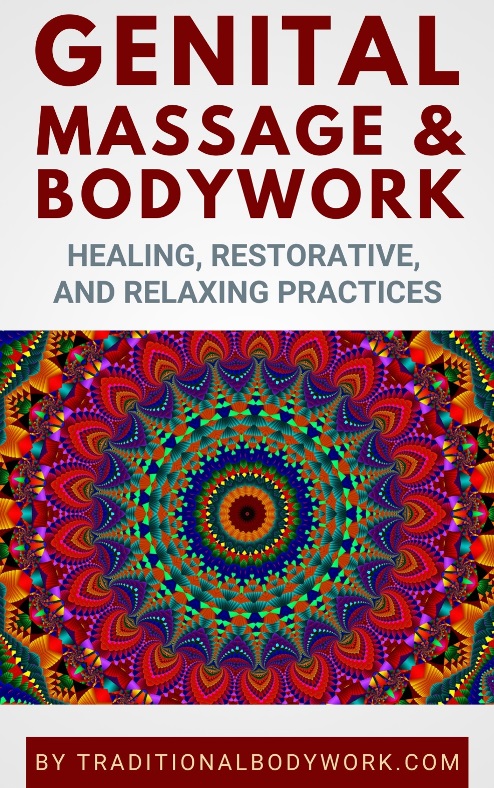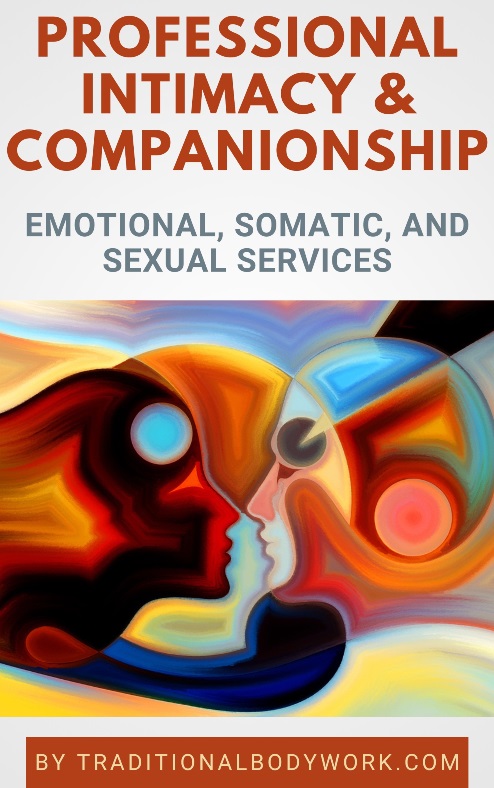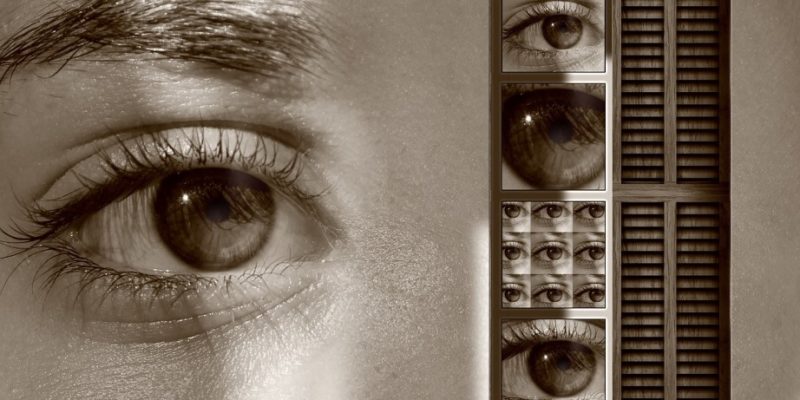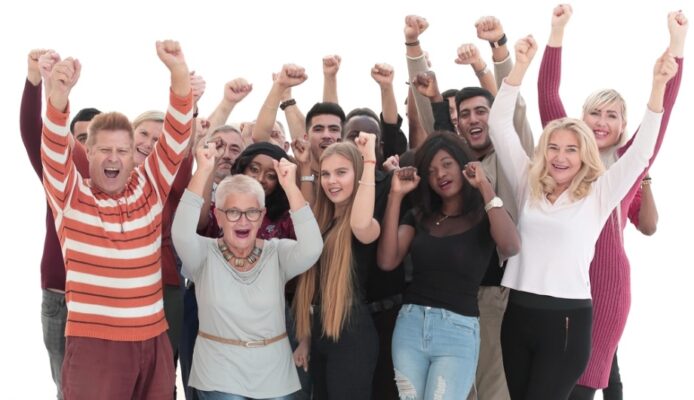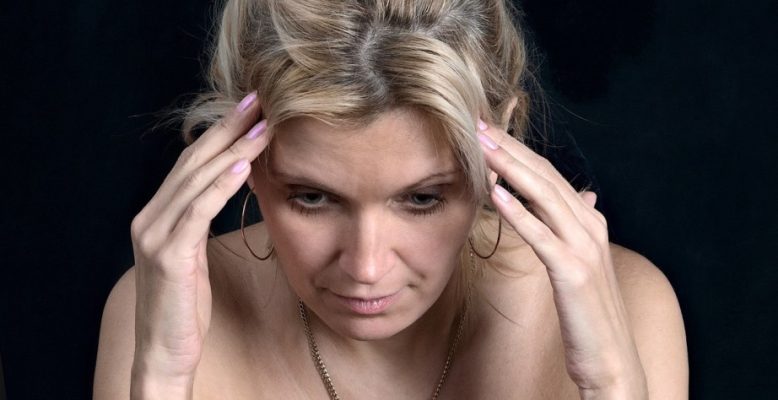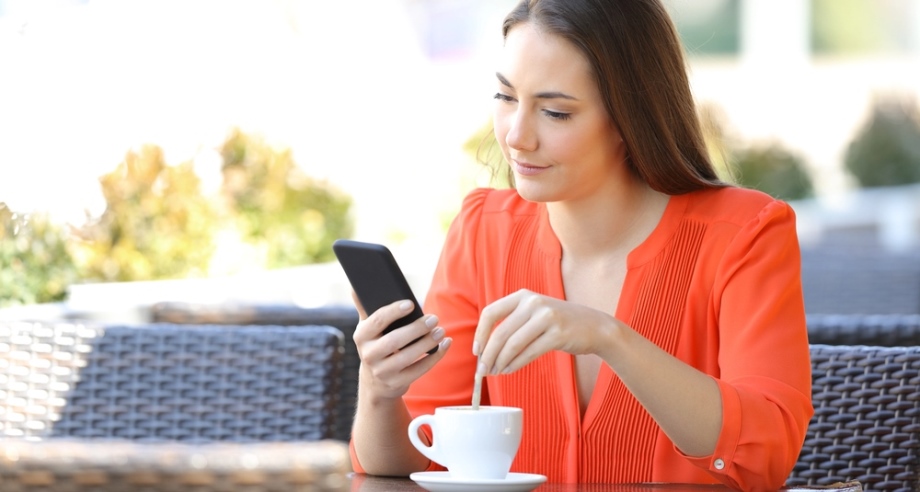
In the context of conscious body awareness, exploring the body revolves around the three core questions: What am I doing? What do I sense? and Can I do things differently?
However, these questions work together as a whole. That is, they are interconnected, the one follows the other, and they are iterative. In addition, the questions are interwoven with the six body attunement domains (postural, movement, sensory, breath, internal organs, and vitality attunement), by which I mean that the three questions also guide you in cultivating and attaining increased body attunement.
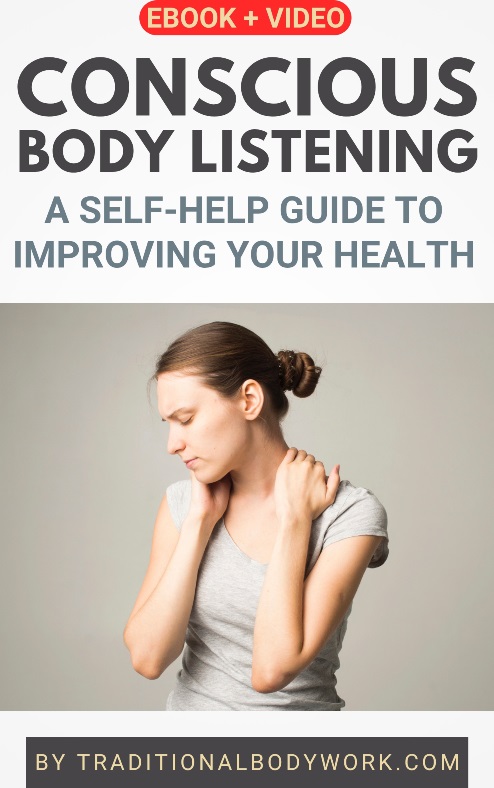
Anyway, in this article, I’ll discuss the first question related to active and conscious body exploration: What Am I Doing?
“What am I doing?” is a core question that focuses you on the here and now. It’s observing what the body is doing and how it does things. It’s being present.
Very often, we do things with our body in automatic mode. That by itself is not a “bad thing.” There are many moments where it should be like that; driving a car should be a set of automated and coordinated bodily actions so that you can pay full attention on the traffic and traffic signs. It’s crucial to have automated your bodily actions.
Nevertheless, automation also results in missing out on the way your body actually does things. Therefore, active and intentional body listening starts with observing your body while in action — any action.
For instance, while you are washing the dishes you think about your job, or what you are going to do this weekend, and so on, instead of being aware on what your body does. It follows that you are not entirely in touch with the action or task you are performing. Hence, there’s no active body-mind connection.
I admit that staying in the present moment and stop thinking about things other than what’s happening is not so easy. It’s an attitude that needs to be cultivated. It needs to become a habit.

But don’t worry. It’s something that you need to take one step at a time. Start with one simple thing you do regularly, and when it has become a habit to always observe it closely, only then, move on to the next thing.
Let me give an example. For instance, start with watching closely how you stir your cups of coffee. Or your cups of tea, for that matter. Remember to always pay attention to how you do that.
For instance, do I use the right hand or left hand to stir? Do I stir sitting or standing, or sometimes sitting and sometimes standing? Do I stir elaborately or briefly? Do I stir the fluid to the right or to the left, or do I alternate directions? And so on.
You’ll probably realize that you almost always do things in the same way, and the important question that follows is what happens when you do things differently, which is the next step involving the question Can I Do Things Differently?
At any rate, once observing a specific daily activity has become habitual and effortless, move on to observing another bodily action. For instance, start with always intentionally observing your body when you put your socks and shoes on, when you brush your teeth, go to the toilet, or when you take a shower.
You will see that you will rapidly expand to consciously observing more and more of the things you do with your body. You will also notice that it becomes increasingly effortless to stay in the moment of your actions, without thinking about other things.
Moreover, you will start to learn new things about your body, about you. About how exactly you do things. You will gradually become more intimate with yourself. You’ll also see and feel that a new kind of connection is being built — this body-mind connection that’s so much talked about, which is a very pleasant “grounded” feeling.
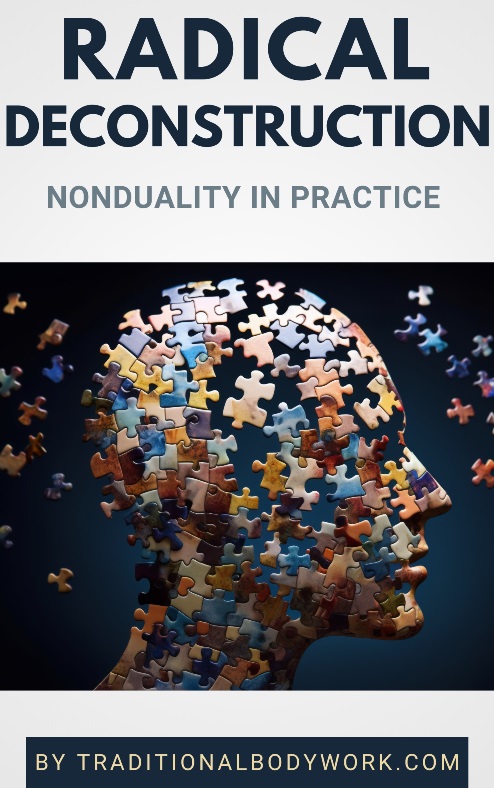
Being present and attentively observing your body’s actions is what’s called being mindful, it’s a form of meditation. In addition, being really present with what the body does and how it does it, gives little room for thoughts.
In fact, you will notice that you’ll start to have these thought-free moments. That’s a nice bonus, because we generally think too much, especially about all kinds of things that have nothing to do with what we are doing now.
And giving our thoughts some rest, gives rest to the thinking part of our brain, and you will see that your thinking and the way you think will improve. It will be fresher, more creative, more able to be applied where it should be applied.
Listening to the body, “minding” the body, also slows you down. You’ll notice that — while consciously watching your body — your movements become gentler, more relaxed. And as we live in a world that always seems to hurry us, it cannot hurt to take an intentional step back and calm down.


